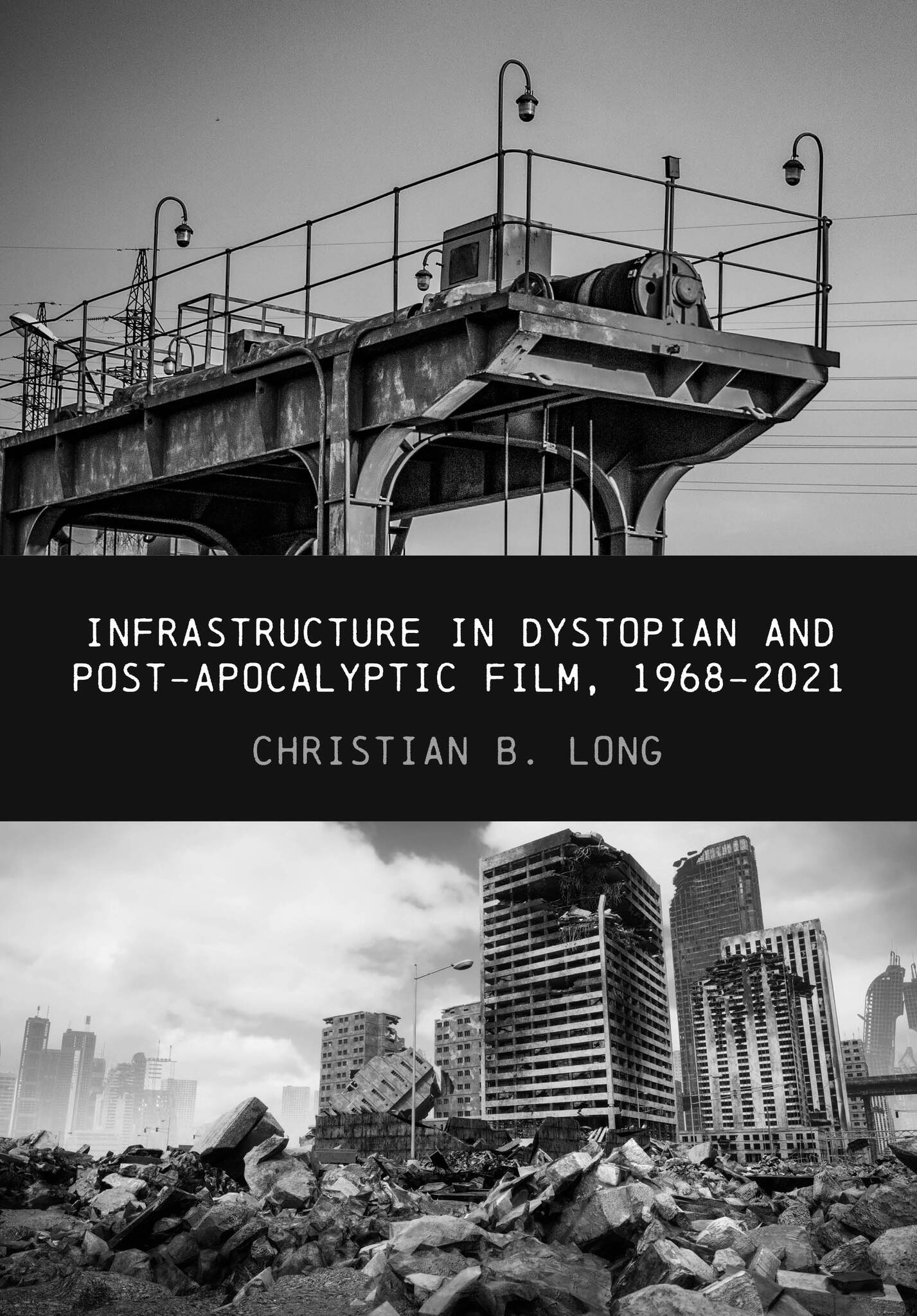We're sorry. An error has occurred
Please cancel or retry.
Infrastructure in Dystopian and Post-apocalyptic Film, 1968-2021

Some error occured while loading the Quick View. Please close the Quick View and try reloading the page.
Couldn't load pickup availability
- Format:
-
06 September 2024

Dystopian and post-apocalyptic movies from 1968 to 2021 usually conclude with optimism, with a window into what is possible in the face of social dysfunction - and worse. The infrastructure that peeks through at the edges of the frame surfaces some of the concrete ways in which dystopian and post-apocalyptic survivors have made do with their damaged and destroyed worlds.
If the happy endings so common to mass-audience films do not provide an all-encompassing vision of a better world, the presence of infrastructure, whether old or retrofitted or new, offers a starting point for the continued work of building toward the future.
Film imaginings energy, transportation, water, waste, and their combination in the food system reveal what might be essential infrastructure on which to build the new post-dystopian and post-apocalyptic communities. We can look to dystopian and post-apocalyptic movies for a sense of where we might begin.

PERFORMING ARTS / Film / Genres / Science Fiction & Fantasy, Performing arts genres: film, television, radio, and theatre, PERFORMING ARTS / Film / Genres / Action & Adventure, Popular culture, Film history, theory or criticism

List of Images
Acknowledgments
Introduction: Infrastructure in Dystopian and Post-apocalyptic film, 1968-2021
Chapter 1 Energy: Power is Power, Renewable or Not
Chapter 2 Transportation: Filling Potholes at the End of Humanity’s Road
Chapter 3 Water: Privatization Against Public Good
Chapter 4 Food: Dystopian and Post-Apocalyptic Food Systems
Chapter 5 Waste: The Social Relations of Trash and Recycling
Chapter 6 Conclusion
Works Cited



